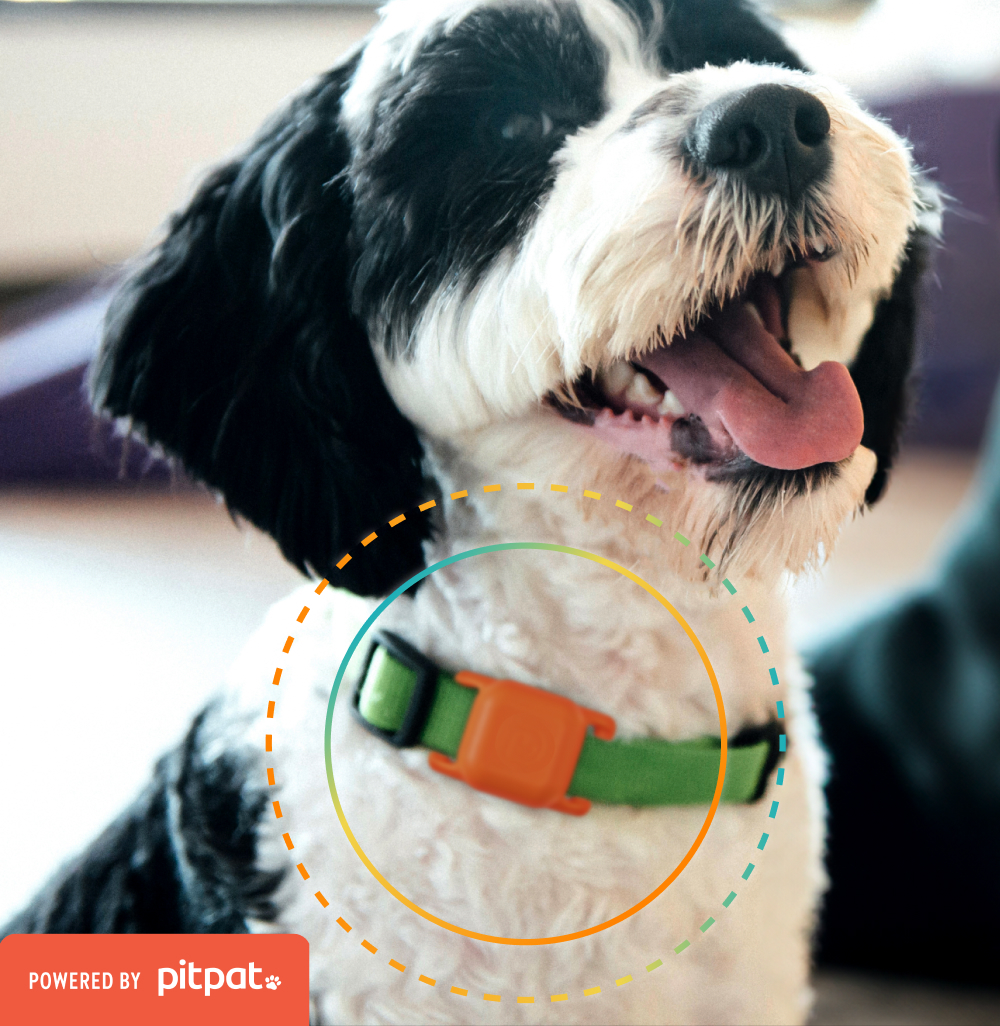How to Decipher Dog Body Language

It is nearly every pet parent’s dream to be able to communicate with their furry family members, but sadly, it’s not always easy. Even though our pups are unable to speak to us and tell us how they are feeling or what they are thinking, they do have their own ways of communicating – body language!
Body language plays an important role in how we gauge our dog’s personality and emotions. As a pet parent, it is important to get familiar with and understand what your pup is trying to tell you. Not only will it help you create a stronger bond with your furry family member, but it will also make both of your lives a lot easier.
Check out this guide on decoding your dog’s body language:
Eyes
Eyes are the windows to the soul and the same can be said for your pup’s. Your dog’s eyes can tell you a lot about how they are feeling or what type of mood they are in. When your dog is happy or relaxed, their eyes will appear their normal size. However, if your dog’s eyes seem larger or wider than usual, this can indicate that they are feeling stressed or frightened.
When your pup is feeling threatened or aggressive, their eyes will usually appear to be narrow and smaller than normal, just as though they are squinting. This could also be an indicator that they are feeling ill.
Mouth
Although our furry friends are unable to speak to us using words, they certainly use their mouth to express emotions and what they are thinking. The way they show and position their teeth, tongue and jaw can speak volumes.
When feeling happy and relaxed, your pup will typically have their mouths closed or opened slightly. If they are feeling particularly happy, some pups will let their tongues hang loose. Many dogs will show their submissiveness with their own version of a “smile,” where they slightly lift their lips to show their front teeth. This is usually accompanied with submissive body language, as well.
On the other hand, your dog will also signal when they are feeling aggressive by the way they position their mouths. If they have their lips pulled back with a wrinkled muzzle and are baring their teeth, your dog is telling you to not come any closer. If you notice your pup is exhibiting this behavior and there is a gap between their top and bottom teeth, this is a strong indication that your dog is prepared to bite, and you should keep your distance.
Ears
Although every breed of dog has a different shape, size and style of ears, the way they position them can tell you a lot about how they are feeling.
When your dog is feeling relaxed or neutral, they will let their ears fall normally. If they are alert or feeling aggressive, they will bring their ears forward and hold them high. Sometimes it can be tricky to tell them both apart, so be sure to pay attention to the rest of their body language as well.
When frightened, your pup will bring their ears back and flat against their heads, as this is a sign of submission and/or fear.
Tail
Many pet parents believe that a wagging tail means their dog is feeling friendly and happy, but that’s not necessarily always true. When your pup’s tail wags to the right, it may indicate positive emotions, and when your pup’s tail wags to the left, it may indicate negative emotions. This phenomenon is due to the fact that the brain’s left hemisphere is associated with positive-approach feelings, while the brain’s right hemisphere is associated with negative-avoidance feelings.
When your dog’s tail is hung low, it usually means that they are scared, nervous or feeling extra submissive. Some pups will even tuck their tail under their body if they are scared. A tail held higher than normal may indicate that your pup is aroused by something, while a vertical tail can signal aggression.
Posture
One of the easiest ways to understand your dog’s communication is through their overall body posture where they either try to make themselves appear larger or smaller than they are.
For the most part, a content, relaxed or playful dog will exhibit normal body posture. Although there may seem eager or even be pouncing around, their demeanor will appear normal.
Whereas, if your pup is feeling scared or anxious, they may attempt to make themselves seem smaller. This includes keeping their head hung low, ears pulled back, and tail tucked while being hunched or crouched down to distance themselves from the perceived threat. Dogs also act similarly when trying to be submissive, as they do not want to be mistaken as a threat.
Aggressive, assertive and angry dogs will attempt to make themselves appear larger than they really are. This includes holding their head and chest high, leaning slightly forward to appear threatening and they may even sometimes stand higher on their toes so they can look taller.
As pet parents, it is important to remember that decoding your dog’s body language isn’t a one-size-fits-all scenario. Every pup is different and they each have unique personalities, which can make interpreting their behavior difficult. It’s best to get to know your pup and find out what is considered normal behavior for them. By better understanding how they are feeling, it will help you be prepared to respond in any crucial situation.
Leave it to the experts! At Dogtopia, we’re trained in all things dog body language and are here to help your pup adjust to the world. Find your nearest Dogtopia daycare center today and book an appointment. https://www.dogtopia.com/location-finder/












